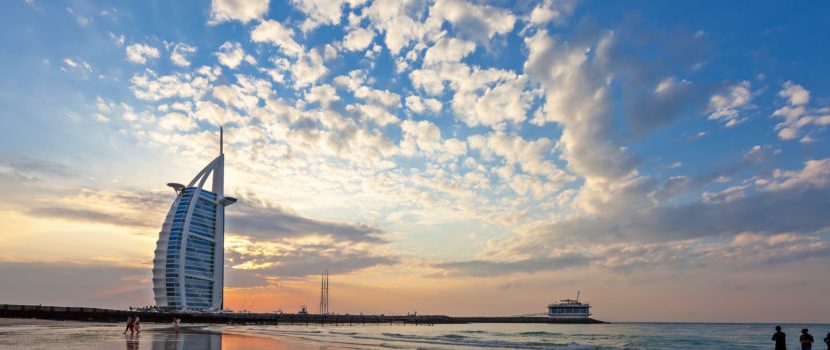The next movement in price will be dependent on how many of the potential supply of 78,000 units actually complete over the next three years
The Dubai residential sector, which has been a “buyers’ market” over the past two years with average sale prices for both villas and apartments declining between five and 10 per cent in the year to mid-2016, has begun to stabilise as the down cycle nears an end, real estate consultancy JLL said on Wednesday.
The real estate picture is stabilising with residential prices declining by less than one per cent in the year to second quarter 2017, JLL said in its Q2 2017 Dubai Real Estate Market Overview report. “The next movement in price [up or down] will be dependent on how many of the potential supply of 78,000 units actually complete over the next three years.”
“Our assumption that prices will see a marginal increase over the next 12 months is dependent on further delays to supply being experienced. Rents continue to see single digit year on year declines of 4.2 per cent and 6.5 per cent for apartments and villas respectively. These figures relate to new lettings, with few landlords being willing to reduce rentals for existing tenants,” said the report.
“The Dubai real estate market largely remained relatively subdued in second quarter and the market sentiment is expected to become more positive in the second half of the year,” said Craig Plumb, head of research for the Mena at JLL.
He said the second quarter of 2017 saw the addition of 3,600 residential units to the market. Notable completions included 584 townhouses in Al Warsan Village in International City, as well as 250 villas in Al Furjan. Apartments accounted for 60 per cent of completions being spread across a range of locations including Dubai Marina, Meydan, and Al Wasl. A further 25,000 units are currently under construction and scheduled for delivery by the end of 2017, but only half of these are considered likely to be handed over to purchasers by year-end.
According to JLL, the Dubai residential market has around 78,000 units under construction and scheduled for delivery by 2020, indicating a 15 per cent growth from current supply levels. With a forecast population growth of 3.5 per cent per annum, this potential supply is in excess of the underlying level of demand and could therefore result in increased vacancy levels if it were all to be developed on schedule. “Although many units are targeting international and local investors, the key challenge then becomes one of securing tenants and therefore achieving a satisfactory return on investment.”
The office sector witnessed a relaxation in regulations resulting in offshore activities being permitted within the DIFC, and dual licenses to allow firms to undertake both onshore and offshore activities from a single location. These new regulations will be able to expand potential demand within the DIFC, paving way for overall economic growth of the city.
The fast growth of Dubai’s tourism over the last decade following the government’s strategy to diversify the economy in the run up to Expo 2020 has opened doors to the hospitality market becoming more complex. Investors are now becoming more creative in their approach and the first hospitality-focused Reit (Five Holding Reit) has been announced in second quarter. Traditional players are now reconsidering their strategies rigorously through re-branding or de-branding properties, the report added.
The Dubai office market saw the delivery of around 33,000 sqm in second quarter 2017 with the completion of the Tamani Art building in Business Bay, bringing the total stock to around 8,788,000 sqm. A further 190,000 sqm is currently scheduled to complete in the second half of 2017, although some projects may be delayed into 2018.
The commercial office sector continues to operate as a two-tiered market, with healthy demand for single owned buildings in the free zones and those offering joint licences. This has resulted in vacancies remaining stable in the CBD at 14 per cent in second quarter 2017. Average rents in the CBD increased marginally by 1.3 per cent year-on-year to Dh1,947 per sqm during second quarter. The secondary market remains weaker, with a 37 per cent decline in rental values over the past year, due to a sustained oversupply of strata office product and a general softening of demand.
All rights reserved to the initial publisher for Khaleej Times .
Collected and published by Arms &McGregor International Realty® editorial team. Get in touched with us at [email protected]

